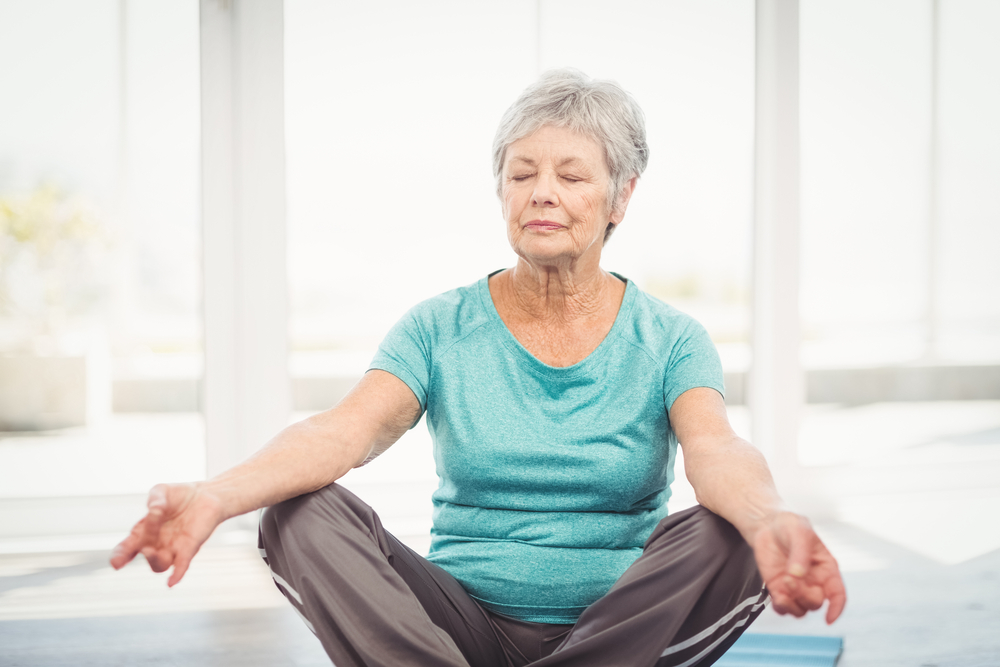Parkinson’s Disease is a neurodegenerative disease that results in limited mobility, decreased muscle function and decreased muscle control.
Some of the symptoms include:
- Tremors
- Feet shuffling
- Difficulty walking
- Difficulty with balance
- Decreased muscle coordination
- Freezing
There is a substantial amount of evidence emerging that shows that regular exercise can be a big advantage for Parkinson’s Disease. Exercise can be used as a tool to help an individual with Parkinson’s improve their condition and live a healthier life.
Scroll through the article to read the answers in order.
- Can exercise help Parkinson’s Disease?
- What are the best exercises for Parkinson’s Disease?
- Bicycle Riding and Parkinson’s
- Strength and resistance training and Parkinson’s
- Forced Exercise in Parkinson’s
- How often should I exercise?
- How does exercise impact my medications?
- Is Physical Therapy helpful for Parkinson’s?
- Can exercise help Parkinson’s Disease?
The short answer is: ABSOLUTELY!
Exercise can be very beneficial for anyone with Parkinson’s Disease. Not only does exercise strengthen muscles and improve balance, but it also improves oxygen and nutrient delivery to cells
Exercise increases the circulation of the blood throughout the body. Improved blood circulation increases the delivery of essential nutrients to heal tissue and increases the removal of any waste products that accumulate in cells.
An easy way to think of the benefit of exercise is to use an analogy. For a moment, think of the human body as a body of water. Consider the difference between a river with flowing water and a stagnant pond that does not have the movement of water like the river does.
The stagnant pond tends to grow a lot of weeds, grow a lot of bacteria, and can even begin to smell bad. The river continuously had water flowing through it so that the weeds, bacteria, and smell don’t have the chance to grow.
Because the pond doesn’t have the circulation of water, it starts to become more unhealthy. Similar in the human body, if there is poor circulation, it starts to become more unhealthy. Like a river, with good circulation, the human body can become more healthy.
What are the best exercises for Parkinson’s Disease?
There is evidence to support that aerobic and “random practice” exercises can be the best for Parkinson’s Disease.
Aerobic exercises require light to moderate intensity and increase the heart rate and breathing rate of the individual. “Random practice” exercise is a type of aerobic exercise that challenges the participant to change directions, change speeds and change intensities throughout the exercise.
Examples of Random Practice Exercises for Parkinson’s include:
- Bicycle Riding
- Tai Chi
- Yoga
- Dancing
- Swimming (although lap swimming can be very automatic, consider swimming with a variety of strokes and speeds)
Each of these types of exercises is an example of Aerobic exercise that can include the “random practice” beneficial aspects.
Safety is paramount when doing any types of exercises. Consider your abilities and if needed have an abled person with you in case you are in need of assistance.

Bicycle Riding and Parkinson’s
Bicycling is a beneficial form of exercise that affects many different body systems. For the everyday person, it can provide a low impact means of improving cardiovascular health, increasing muscle density, and improving joint mobility.
Bicycling can be done indoors or outdoors, creating greater accessibility to people with increased age or disabilities. In particular to the elder population, bicycling provides a way of exercising that is easy on joints and builds bone mass. When bicycling outdoors, it is important to choose your equipment wisely and be sure to use proper safety procedures to avoid falling.
Bicycle riding can also help to alleviate some of the effects of rigidity and flexed posture, which typically manifests in the shoulder, hip, or back.
It has been demonstrated that symptoms of Parkinson’s improve with high-intensity exercise (exercise at 80-85% of heart rate max) vs. lower intensity exercise (60-65% heart rate max), but what happens when a patient’s ability to move is greatly diminished?
Surprisingly, the ability to ride a bike is preserved in many Parkinson’s patients and may present a method of Parkinson’s exercise therapy.
It is thought that Bicycle riding increases the activation of cortical and neuronal activity in the brain. The feedback produced by forced exercise may give the brain the stimulation it needs to improve. A 35% increase in motor scores provides a significant improvement to patients with Parkinson’s Disease and is similar to improvements with deep brain stimulation or other ablative procedures.
Strength and resistance training and Parkinson’s
The American Academy of Neurology reports findings that show that two years of strength and weight training can considerably improve the motor symptoms of Parkinson’s Disease. Balance and stretch exercises alone may not be enough to improve the symptoms as much as when they are combined with weight training.
It may be difficult to begin strength training, especially if you experience balance and motor control symptoms. However, strength with light weights or resistance training with the weight of your own body can make it easier to start.
Examples of modified weight training exercises:
- Rising and sitting from a chair
- Standing in front of a desk or wall and then rising on your toes and back down repeatedly
- placing your hands on the desk or wall for balance
- Push-Ups or knee push-ups or wall push-ups
- Sit Ups
- Planks
- Arm Raises
Safety is paramount when doing any types of exercises. Consider your abilities and if needed have an abled person with you in case you are in need of assistance.
Forced Exercise in Parkinson’s
An important study in 2009 by researchers at the Cleveland Clinic compared two types of exercise groups: forced exercise and voluntary exercise. Forced exercise is different than voluntary exercise in that forced exercise involves a slower, more consistent pace for a longer duration whereas voluntary exercise involves a rapid pace and shorter duration. The study showed that forced exercise elicits improvements in motor function in Parkinson’s disease patients. Forced exercise can be done on a tandem bike, using an able-bodied person as a pace-setter, pedaling at 80-90 revolutions per minute (RPM). Using forced exercise, patients can work up to 30% harder than they would work on their own.
The forced exercise groups showed a 35% improvement in motor function scores, including improvements in upper-extremity dexterity after 8 weeks of training. This effect was not noted in the group that participated in the voluntary exercise. Both groups had improvements in their aerobic fitness, as both worked at 60-80% of their heart rate max. Both groups also showed similar (to baseline) or improved levels of rigidity and bradykinesia (slowed movements) after exercise. These positive changes lasted for about four weeks.
How often should I exercise?
The recommended amount of exercise for people with Parkinson’s Disease is the same as those without the disease. Exercising 4 to 5 times a week for 20-40 minutes can significantly impact quality of life.
Aerobic and “random practice” exercises can be very beneficial for Parkinson’s Disease and there are several ways this can be more fun to do regularly.
- Join a meetup up walking or hiking group
- Join a dancing class or yoga class
- Put some music on while cooking or cleaning and turn it into a small exercise session
- Bicycle ride with friends and family around the neighborhood
Sometimes it can be tough to implement the recommended amount of exercise. Here a few simple ways to get some forms of exercise in the day when you are not able to get in the aerobic or “random practice” exercises.
- Take the stairs instead of an elevator.
- Put small weights on your ankles so you exercise more when you walk around the house.
- Walk down the driveway to get the mail or walk around the living room several times before you sit down to eat a meal.
How does exercise impact my medications?
Exercise will not impact your medications, but your medications may impact when you should exercise. The best time to exercise is when you feel good and have good physical mobility.
Typically, physical function is optimal shortly after taking a dose of medications. However, this can vary from person to person. You know how you react to medication and should plan exercise accordingly.
Is Physical Therapy helpful for Parkinson’s?
Physical Therapy can be immensely beneficial for Parkinson’s patients. A physical therapist is a skilled practitioner that can help advise you on which movements and exercises that can benefit YOUR specific case. Each person is unique in their needs and should have guidance to develop an exercise plan that is tailored to their needs.
A physical therapist can help you with exercises that can help maintain muscle strength, good balance, and good posture. Seeing a physical therapist at the onset of diagnosis can help create a plan to maintain essential physical functions so that physical function stays stronger for longer. Once any physical symptoms like stiffness or balance issues arise, seeing a physical therapist can help improve those symptoms.
This article is not intended to diagnose or treat any individual with Parkinson’s Disease or any individual who experiences hallucinations. This article was created for educational purposes only and is not a substitute for medical, psychological or any other sort of professional care. Please always contact your medical provider with any questions or concerns involved treatment for hallucinations and Parkinson’s Disease.
If you have any questions about The Parkinson’s Plan or on how we help our patients, please give us a call at 603-677-1484
